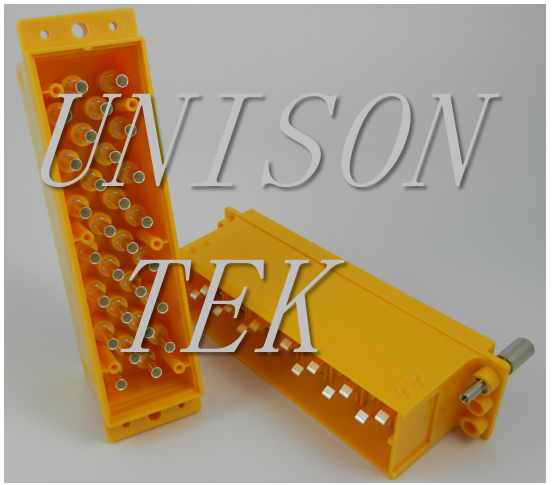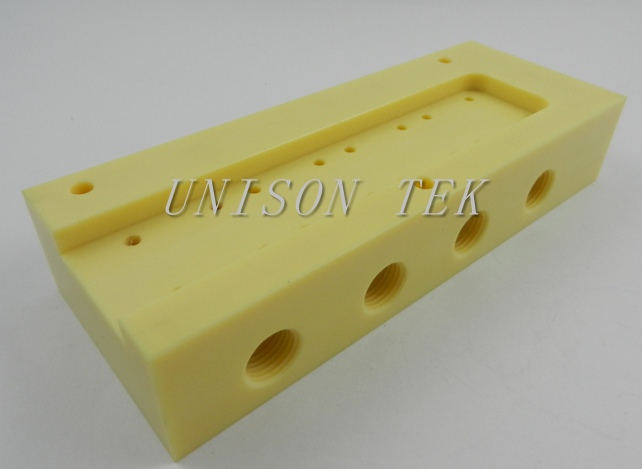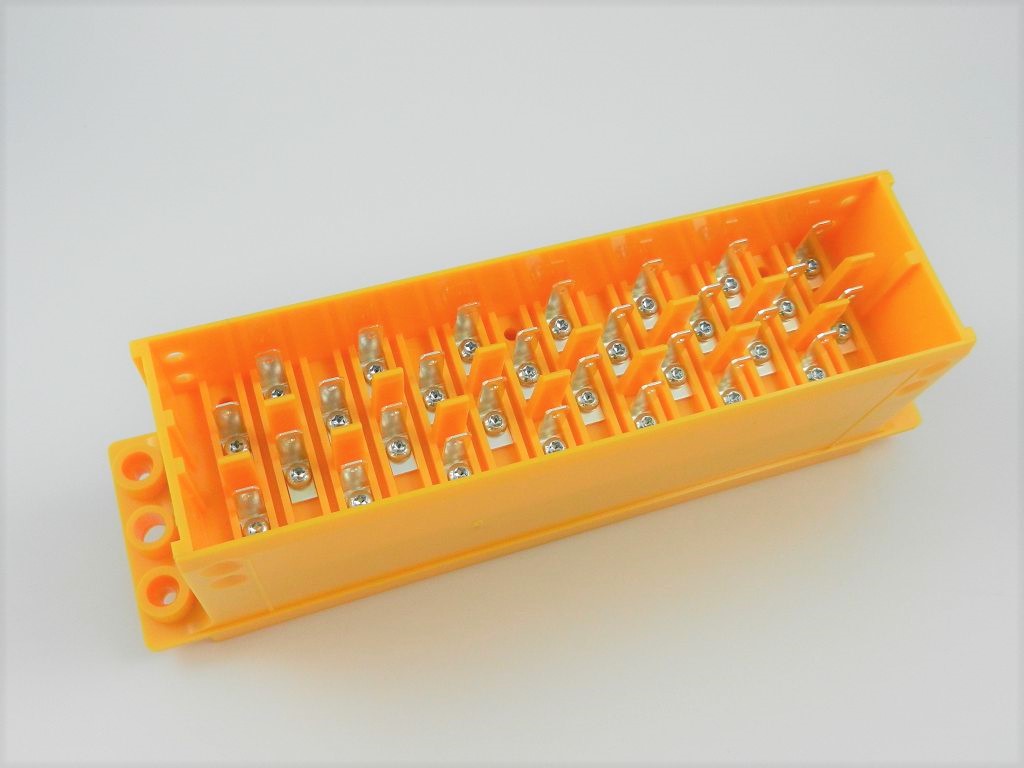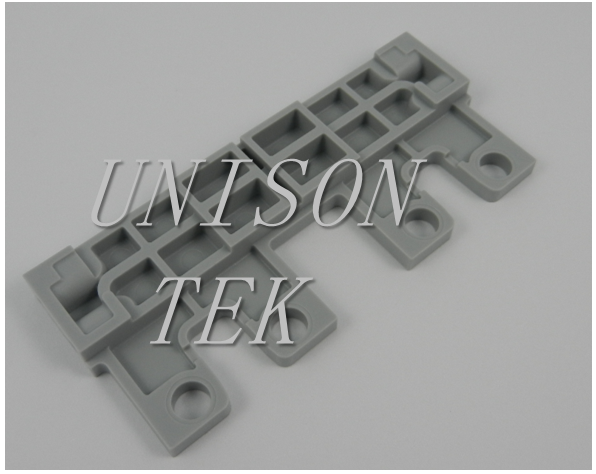Injection Molding
Principle of injection molding
Thermoforming (vacuum forming)
Vacuum forming method
The vacuum forming method can manufacture finished products of various sizes, and can use automated equipment to reduce product costs, and the equipment costs are also lower than other forming methods.
However, vacuum forming can only produce thin shells, and cannot produce complex-shaped structures. Because the sheet is stretched during the forming process, it is difficult to control the average thickness.
Therefore, it is not suitable for manufacturing high-precision molded products. Therefore, the previous molding experience should be used as much as possible when designing.
Draw out molding
Compression molding
Compression molding machine
The compression molding machine operates vertically, using hydraulic pressure to push the mother mold upwards, and then pressurize it after being combined with the daughter mold. After heating and pressurizing, the molding material will become a fluid state, fill the metal mold, and at the same time produce a chemical reaction to harden.
Compression molding is prone to burrs. Therefore, the final finishing treatment is often required. It can manufacture helmets, chairs, and auto parts. A medium-sized object with a simple shape, but the molding speed is not fast enough.
Blow molding
Foam molding
The thickness of the molding is 1.5 mm at the minimum and 450 mm at the maximum; the foaming magnification ranges from several times to 70 times, with a wide range of options. Using these characteristics, it is possible to manufacture structural materials and molded products that require heat insulation, cushioning, light weight, and floating.
EVA foam is mainly used as foam board, and the foam board has hard skin on both sides. It is usually cut into slices of fixed thickness with a wheel knife machine, and the shape is punched out by a punch. It can be used for foam flooring and puzzles. ,
Heat insulation, cushioning materials, etc., you can also first heat it to a softened state, force it to deform with a mold, and then it can become a specific shape after cooling. It is widely used in shoe soles, baseball catcher armor, and helmets. Inner cushion.
Styrofoam (EPS)
This is the expansion of polystyrene (PS) with a blowing agent. This molding method is to first heat the raw material particles to expand the air in the preliminary expanded particles. When the particles swell to a certain density, fill Into the aluminum mold, heating with water vapor, the heat of water vapor (100-200 degrees C) also dissolves the surface of the foam particles and sticks together.
The method of forming raw materials. Dissolution lines appear on the surface, which is a major disadvantage of the product. Because water vapor is used as a heat source. It is also commonly referred to as "steam forming".
Rotary molding
Its principle is similar to that of condensed layer forming but the mold used is not fixed. Generally, the powder raw material of PE is appropriately enclosed in the metal mold of thin steel plate, and at the same time, two rotating shafts are used to make a star-like rotation.
Heating outside. The heat causes the powder material in the mold to gradually dissolve because of the rotation of the mold. The molten material rolls through the entire mold and adheres to the inner wall. A certain thickness is formed. Then it is cooled and hardened to form a molded product. In addition to powdered raw materials, PVC sol and polyester mixed with glass wool can also be used as raw materials.
The advantage of the rotational molding method is that it can manufacture large hollow molded products with low-cost equipment. However, the productivity is low, and it is suitable for medium to small quantity production. The shape cannot be as fine and complicated as the injection molding method, and the dimensional precision is not high. There are few such molding methods.
Commonly produced products include water tanks, water tanks, etc. Recently, I heard that there is a successful technical experiment of rolling with PE and foaming agent. It is possible to make a large-sized barrel with an insulating layer effect, but the thickness is uneven.
Injection molding
The material of the mold is not limited, plaster mold, wood mold, plastic mold, metal mold, silicone mold are all available. Silicone grease is most commonly used for manufacturing. Because the silicone mold has flexibility, it can manufacture molded products with a reverse draft angle design.
The mold cost is low, suitable for small-scale production. It can be used to make jewelry (earrings, brooches, etc.), home accessories imitation handicrafts, because the finished product is thick and the material can be transparent, it is often used as a jade imitation art.
If the glue is poured, if the coloring agent is deliberately not mixed evenly, it will be poured. The molding will produce a pattern of liquid flow, such as wood-like or jade finished products.
Lek casting molding (gel molding)
Utilizing the characteristics of PVC solution (sol/plastisol) that it solidifies on the surface of the contact object after being heated, the mold coagulation layer is suitable for making soft hollow molded products, such as PVC plastic dolls, animals and the like.
In addition, the processed product is immersed in the sol and then lifted, so that the sol adheres to it, and it is heated and solidified, cooled and hardened, and formed into a protective or soft layer, such as the handle of a small file or a wire hanger.
Reference from wiki: https://en.wikipedia.org/wiki/Injection_moulding



